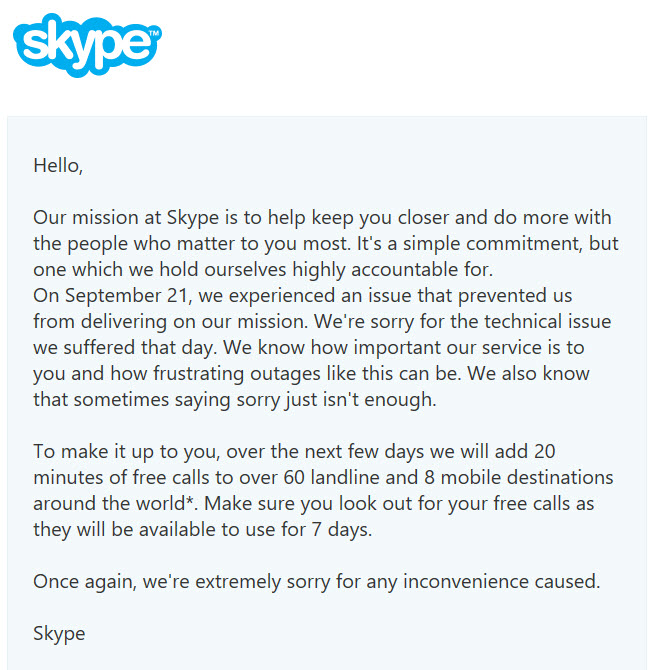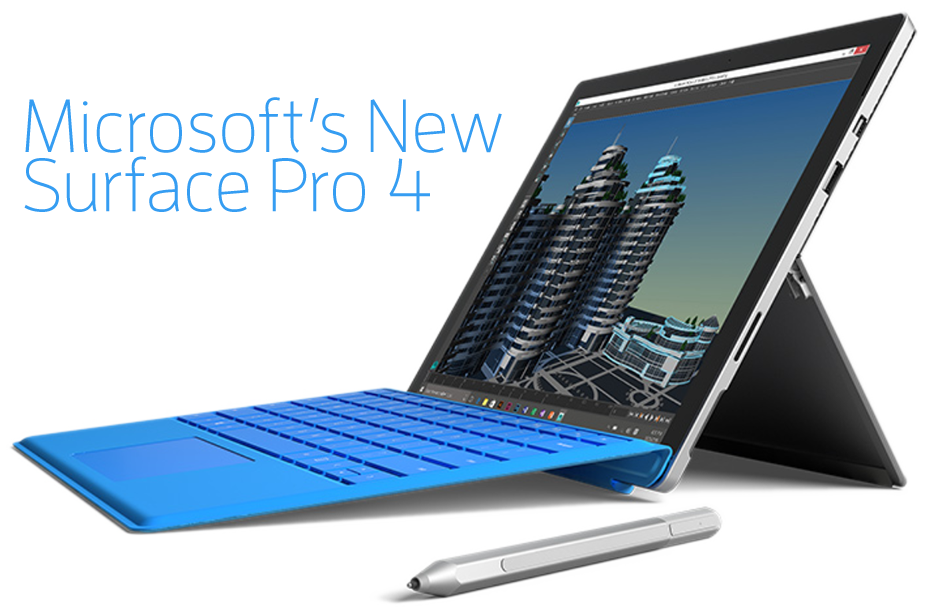It's not T-Mobile's fault and CEO John Legere says the carrier will begin a thorough evaluation of its business relationship with the company that suffered the data breach. That company, by the way, is Experian -- one of the 3 companies that monitors and reports your credit worthiness to banks and companies. Perhaps there's a bit of irony in the situation.

Experian, which (at least for now) processes credit applications for T-Mobile, says that it detected a security breach on Sept 15th. The breach could affect millions of T-Mobile's customers. Experian says that the data breach exposed a server that contained personal information for consumers who applied for T-Mobile USA postpaid services between September first 2013 and the date the breach was discovered.
The server stored data used for T-Mobile's credit assessment, including names, addresses, social security numbers, birth dates, and drivers license and passport numbers. Although no credit or debit card information was stored on the server, it did contain enough information to put a lot of people at additional risk for identity theft. Experian says that social security numbers and other ID information was encrypted, but the encryption appears to have been compromised.
T-Mobile CEO John Legere, writing on the company's website said "I am incredibly angry about this data breach and we will institute a thorough review of our relationship with Experian." Legere, though, says his top concern is assisting consumers whose information may have been compromised. "I take our customer and prospective customer privacy very seriously," Legere wrote.
To its credit, Experian at least notified federal and international law enforcement agencies promptly and is cooperating with the investigation. It is reportedly notifying individuals who may have been affected (I have received no such notification) and is offering free credit monitoring and identity resolution services for two years through ProtectMyID.
ProtectMyID will issue a credit report from Experian at enrollment time and then provide credit monitoring from all three nationwide credit reporting agencies, Internet scans, and access to fraud resolution resources. If you believe that you may have been affected, but you haven't yet heard from Experian, you'll find more information on the ProtectMyID website. Note that ProtectMyID is a division of Experian.
Experian is in the process of notifying consumers that may be affected, and safeguarding their identity and personal information by offering two years of credit monitoring and identity resolution services through ProtectMyID. To find additional information, go to www.experian.com/T-MobileFacts. Although there is no evidence to-date that the data has been used inappropriately, Experian strongly encourages affected consumers to enroll in the complimentary identity resolution services. Affected consumers may enroll in free credit monitoring services at www.protectmyid.com/securityincident.
Additional information about the breach is on T-Mobile's website.
If you're a T-Mobile customer and you receive a phone call or e-mail about the issue from someone who claims to be either from T-Mobile or Experian, it's doubtless a fraudster. Neither company will call or e-mail to ask for any information whatsoever. You will be asked for information if you visit the T-Mobile, Experian, or ProtectMyID website, but that's to be expected.
And if you think that you might be in the group of people who began using T-Mobile between September 2013 and this year, signing up for ProtectMyID would be a good idea.
Adobe has just released version 14 of its Elements applications, Photoshop Elements for still images and Premiere Elements for videos. At a time when Creative Cloud for Photography costs just $10 per month, you might wonder if the Elements applications are still viable.
That seems like such a simple question, but the answer is complex. Photoshop Elements sells for $100 and upgrades from previous versions cost $80. Upgrades for Photoshop and Premiere Elements cost $120 and new licenses sell for $150. Premiere Elements alone sells for the same price as Photoshop Elements.
If you're a photographer, it seems to me that Creative Cloud for Photography is a better choice. Although it costs a bit more, you get Lightroom and the full version of Photoshop. Those who also like to work with video would have to sign up for a $50-per-month Creative Cloud membership to get Premiere and all of its associated applications. Photoshop is more complex than Photoshop Elements, but Premiere is a lot more complex than Premiere Elements. That complexity needs to figure into the calculation, too.
Both Photoshop Elements and Premiere Elements have useful new features.
Let's start outside both of those applications though, in the Organizer. It is included with either individual application or with the package. The new version has intelligent sorting modes: People, Places, and Events. All of them have been improved. For example, facial recognition in the People tab is better than it was, doubtless as a result of improvements in that feature in the latest version of Lightroom.
The Places tab now puts image thumbnails on a map. The more you zoom in, the more images appear. Of course this depends on having a geo-location function on the camera or on your specifying were images were taken.
Although the combined Lightroom and Photoshop offering in Creative Cloud for Photography is powerful, the powerful features can be confusing. Those who are new to digital photography might be better served by Photoshop Elements because of the program's ability to help users grow.
So once you've worked through the various Photoshop Elements panels and you've become comfortable in Expert Edits, it's time to start thinking about Creative Cloud for Photography.
Although there have been some additions in Quick Mode, most of the improvements seem to be in the Guided mode. The modifications here cover changes that most photographers want to make, from brightness and contrast in basics to selective color and line drawing in black & white, to merging multiple images in the Photomerge section.
The Enhance menu contains the most new features. Auto Smart Fix examines your photo and attempts to improve it. I started with a 15-year-old low resolution image and Smart Fix did a very good job.
Click any of the smaller images for a full-size view.
Press Esc to dismiss the larger image.
This will never be a good picture because it's so old and so low in resolution, but Smart Fix did a good job with it.
Other items on the menu include Auto Shake Reduction and Auto Haze Removal. A lot of people will be delighted by these.
Digital cameras and smart phones are able to work with remarkably little light, but slow shutter speeds can still result in shaky images. The Auto Shake Reduction feature does more than just sharpen the image. Sharpening is included, but the program also analyzes the motion and attempts to reduce it. Key word: Reduce. It doesn't remove the shake and excess sharpening can make the image a bit "crunchy".
Auto Haze Removal does for haze what Shake Reduction does for camera motion. How many times have you been disappointed by an image of a scene that you thought would be dramatic, only to find that it's fuzzy and low in contrast because of atmospheric haze? Our eyes discount the haze, but cameras are very sensitive to it. The Haze Removal feature examines the image, determines what areas are affected by haze, and eliminates the problem without needlessly sharpening areas without haze.
The big news for this version of Premier Elements is support for 4K video. It you have a camera that can shoot 4K video and a monitor that can display it, you'll want this version of the program.
Audio tools have been improved, too. This isn't Audition, but the audio view in the time-line is considerably better than in the past. That said, if you want to create professional videos with complex audio, you're going to want Premiere, Audition, and all of the other tools that come with Creative Cloud.
Guided Edits now include time manipulation so that you can make the action go faster for a comedic effect or slow down peak actions for a dramatic effect. Black and White with Color Pop guides you through editing a video so that most of the information is in monochrome, but a specific color remains.
Another big improvement is in video titles. It's much easier to add motion titles in which text moves in or out of the frame, or fades in or out. You can also freeze a specific video frame and use it as the background for your titles. As a new feature, this will be improved in coming versions of the program.
Encoding video for export has always been the sticking point for a lot of people. New export and share work flows make the process much easier if you share video on common sites such as YouTube, Facebook, and Vimeo.
 Photoshop Elements & Premiere Elements Continue to Shine
Photoshop Elements & Premiere Elements Continue to ShineThe number of improvements this year is smaller than in some previous years, but they are changes that will have a significant effect on your photographs and videos. Experienced photographers should consider Creative Cloud instead of Photoshop Elements, but videographers who don't have the experience needed to make the most of the professional video tools will find Premiere Elements to be an excellent choice.
Additional details are available on the Adobe website.
On September 21, Skype had an "unspecified technical problem" that kept users from being able to make calls or, in some cases, unable even to log in for more than 12 hours. This week, Skype sent an apology to users and offered 20 minutes of free calls to "over 60 landline and 8 mobile destinations around the world*." The asterisk says you need a Skype account to use them (well, d'oh!) and refers the user to a website location where you can find out which locations qualify.

See what they did there?
The call time will be added "over the next few days" so you'll have to keep checking to see when it's there. Also, the extra time is available only for 7 days. So you can't use the time until it's added to your account and then only for 7 days and then only if there's someone you want to call in one of the "60 landline and 8 mobile destinations around the world".
That's pretty clever.
Yeah, I know that Adobe got a lot of attention for the new Elements applications in the main part of the program, but if I hadn't already planned to discuss what's new with Photoshop Elements and Premiere Elements, Adobe Max would have been the headliner. This annual event is always one of the highlights of my year because applications are immediately updated, we're given some insight into what's coming in the next version of Creative Cloud, and there are some sneak peeks that show what the developers are working on.

Seven thousand users of Adobe products met in Los Angeles for 3 to 5 days of events. Sessions are held on Saturday and Sunday prior to Adobe Max, which begins on Monday and continues for 3 days. The keynotes on Monday and Tuesday are streamed live. If you use Adobe products and you weren't able to be at Max I encourage you to view the keynotes from Monday and Tuesday. Monday's talks are all about Adobe, updates to existing applications, and plans for the future. Tuesday features creatives who use Adobe applications.
The Adobe Max keynotes are available from the Adobe Max website.
On Tuesday, Adobe updated several Creative Cloud applications, including Lightroom, which received a new interface for importing files from cameras. I wasn't expecting that, yet the instant I saw what Adobe had done, I realized that the changes were significant improvements.

Adobe’s Sarah Hunt presented a brand new all-in-one, cross-platform user-experience design tool called Project Comet for designing and prototyping websites and mobile apps faster than ever. This new tool from Adobe will be available as a public preview early in 2016 and users can find more information about this upcoming product at adobe.ly/Comet.
A new study from Adobe shows a quarter of us value entertainment over accuracy (35% of millennials). That's more than a little distressing. The survey shows that nearly half of millennials (42%) do not fact check content they are sharing. That's even more distressing. Are we harvesting our 15 minutes of fame while sacrificing the pillars of an informed society? This is just one of the questions the research raises about the nature of content in today’s hyper-connected, multi-screen world. I'll follow up on this research in a later program.
Between Adobe and Microsoft, it's been an interesting week. This week's program has a lot of Adobe news, but this week Microsoft announced that Windows 10 has been installed on 110 million computers and also revealed the new Surface Pro 4 computers.
Despite the continuing strains of the panic choir, Windows 10 continues to make advances and I continue to be impressed by the functionality of the new operating system. In addition, the new versions of the Office suite programs are available, individually and as part of Office 365. As impressive as all that is, Microsoft's really big news this week has been the Surface Pro 4.

I wish I could think of a reason to acquire one of these computers, but so far I haven't been able to do that. These feather-weight computers pack the power of a desktop, but I already have a desktop computer. They're great notebook computers, but I already have a notebook computer that's only a year old. And as a tablet computer, they're unmatched. But I have an aging Acer Iconia tablet. If my existing notebook computer was older and in need of replacement, I'd buy one of these today and wait in line for it to show up at a store.
Starting at $899, the Surface Pro 4 is powered by a 6th-generation Skylake Intel Core m3, i5 or i7, with 4GB, 8GB, or 16GB of RAM and Windows 10 Pro. The Surface Pro 4 screen is larger than that of the Surface Pro 3. The 12.3-inch screen has a 2736 x 1824 (267 PPI) PixelTouch display with 10-point multi-touch.
If you want more information, you'll find it on Microsoft's website. Before you buy, though, note that you can add a lot to the purchase price by including some of the add-ons. There are many and most of them are useful.
Maybe in a couple of years when I need a new portable computer and the Surface 5 or Surface 6 is available, so I'll wait.